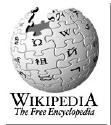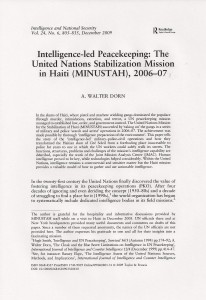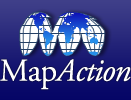
The Right Testicle of Hell: History of a Haitian Holocaust
By Greg Palast
Blackwater before drinking water
6. From my own work in the field, I know that FEMA has access to ready-to-go potable water, generators, mobile medical equipment and more for hurricane relief on the Gulf Coast. It's all still there. Army Lt. Gen. Russel Honoré, who served as the task force commander for emergency response after Hurricane Katrina, told the Christian Science Monitor, “I thought we had learned that from Katrina, take food and water and start evacuating people.” Maybe we learned but, apparently, Gates and the Defense Department missed school that day.
7. Send in the Marines. That's America's response. That's what we're good at. The aircraft carrier USS Carl Vinson finally showed up after three days. With what? It was dramatically deployed — without any emergency relief supplies. It has sidewinder missiles and 19 helicopters.
8. But don't worry, the International Search and Rescue Team, fully equipped and self-sufficient for up to seven days in the field, deployed immediately with ten metric tons of tools and equipment, three tons of water, tents, advanced communication equipment and water purifying capability. They're from Iceland.
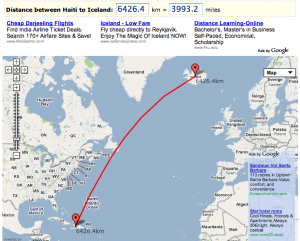
Phi Beta Iota: This is what we were thinking of when we laid out the CAB 21 Peace Jumpers scenario. The Pentagon is out of touch with reality because they have such a narrow mind-set that is uninformed about the possibilities and simply does not compute Whole of Government resourcing or clean drinking water as a security device vastly more effective than a Marine standing guard over nothing. With all humility, if DIA goes not get its act together in the Open Source Intelligence (OSINT) and Multinational Engagement arena, and help the Pentagon learn about the new craft of waging peace with Whole of Government non-secret campaign plans and multinational virtual harmonization of resource needs identification and fulfulfillment at the Twitter level, we will continue to fail ourselves and everyone else. As we pointed out early on, Haiti's disaster was/is an OPPORTUNITY. Evidently no one in the Pentagon is thinking that way.
See also: Journal: Haiti Rolling Update (Chronology with Links)

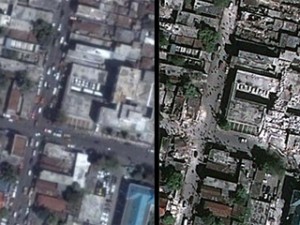
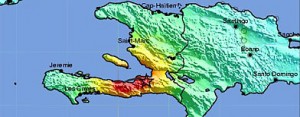
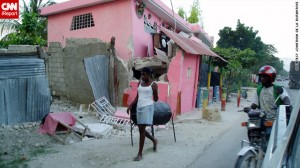
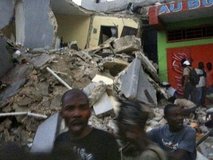
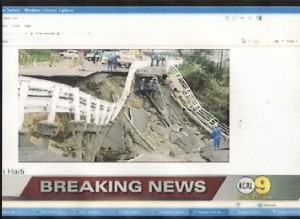 1st Look At Devastation In Haiti Quake
1st Look At Devastation In Haiti Quake